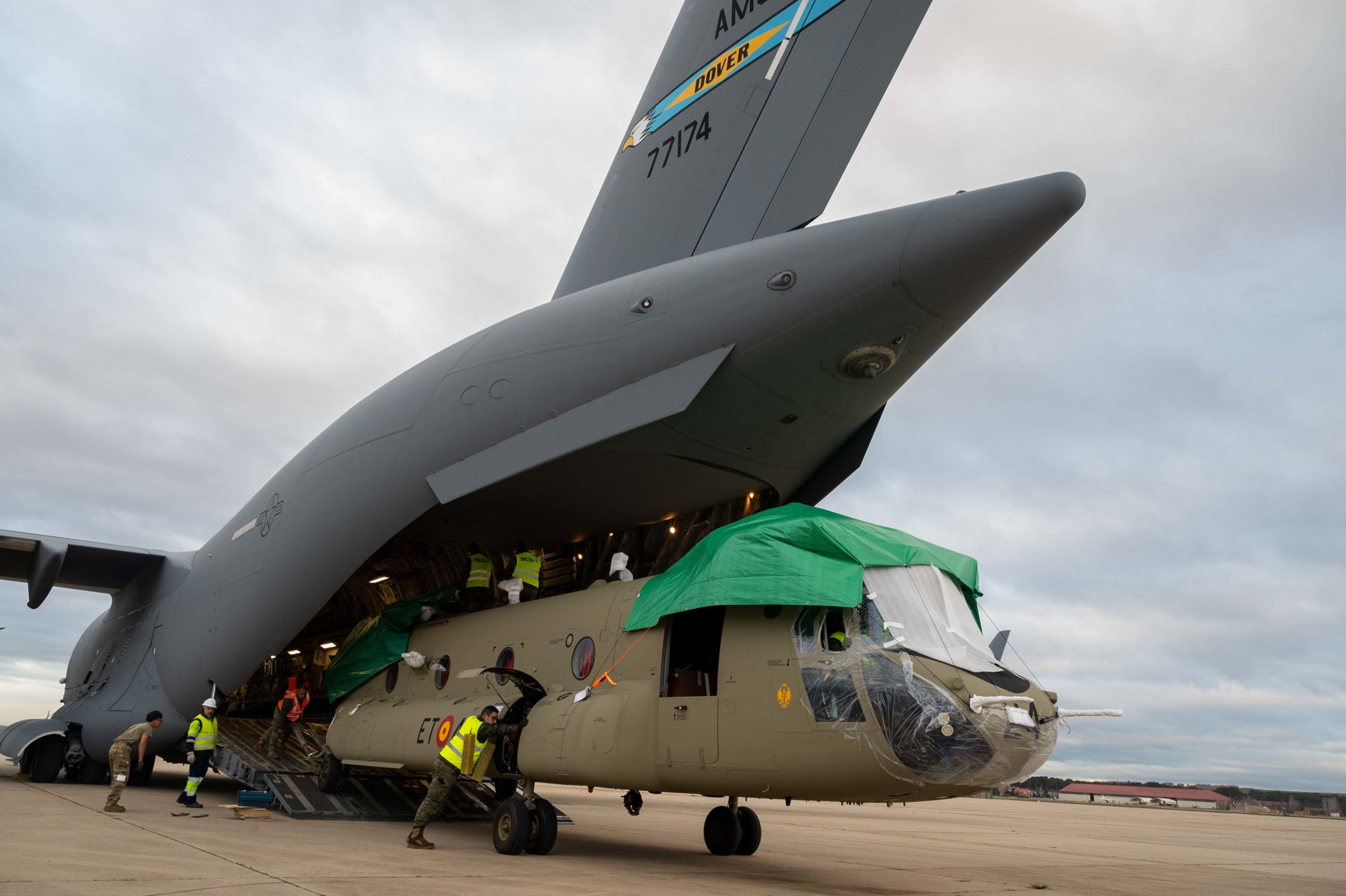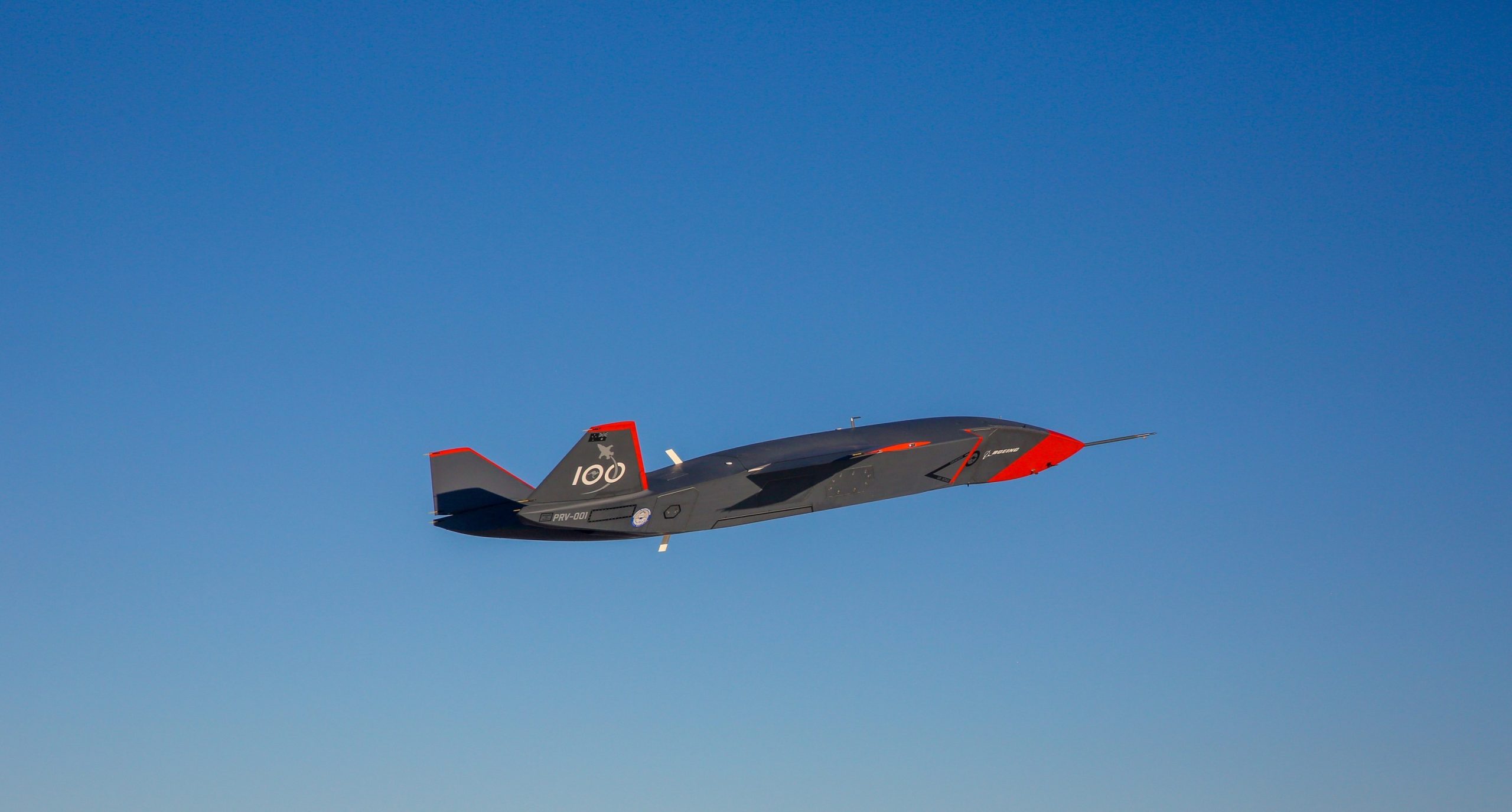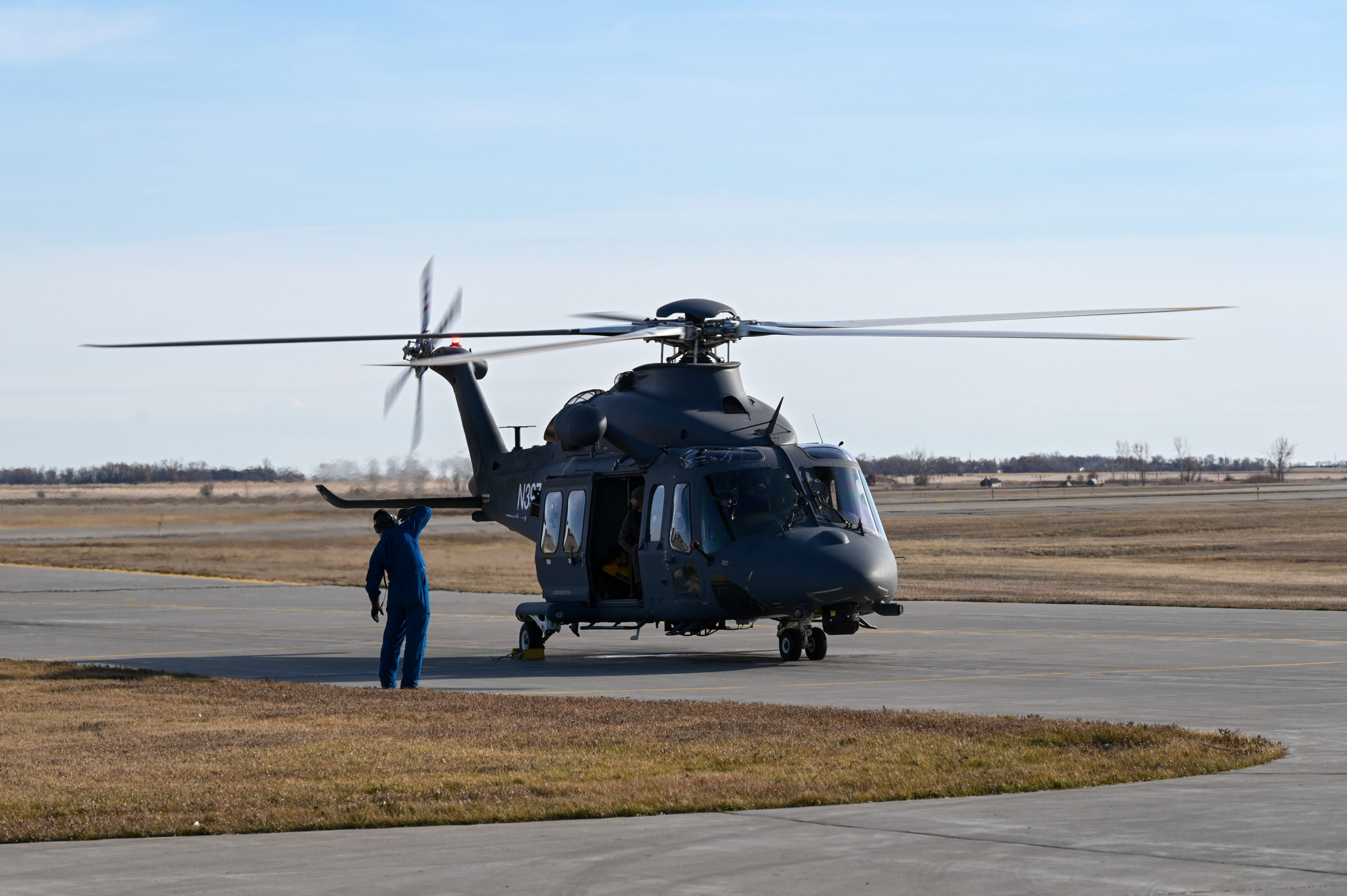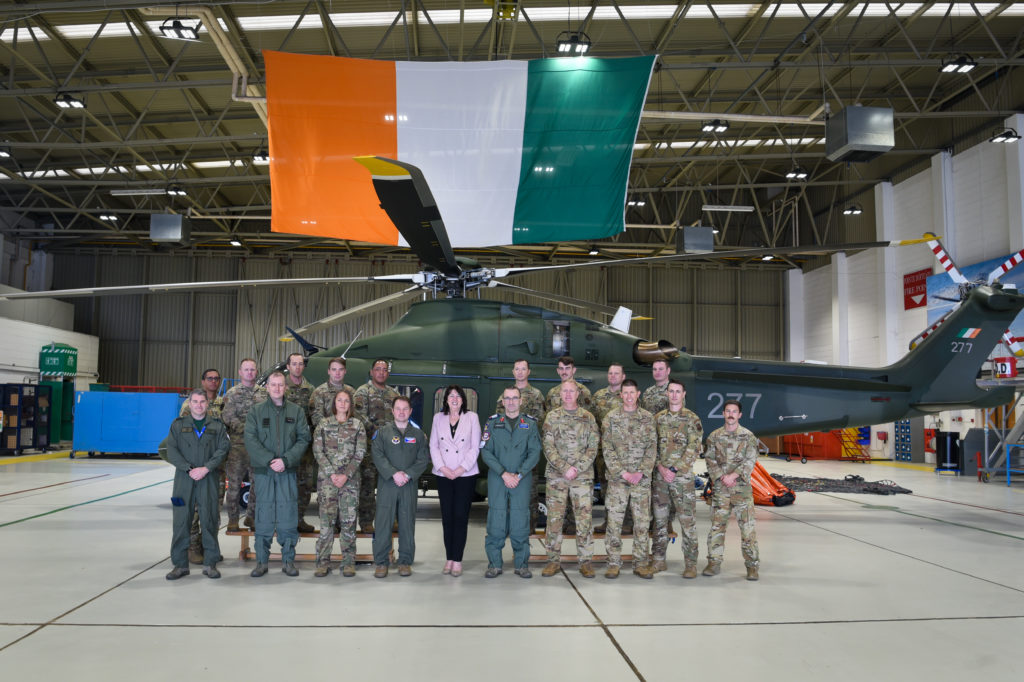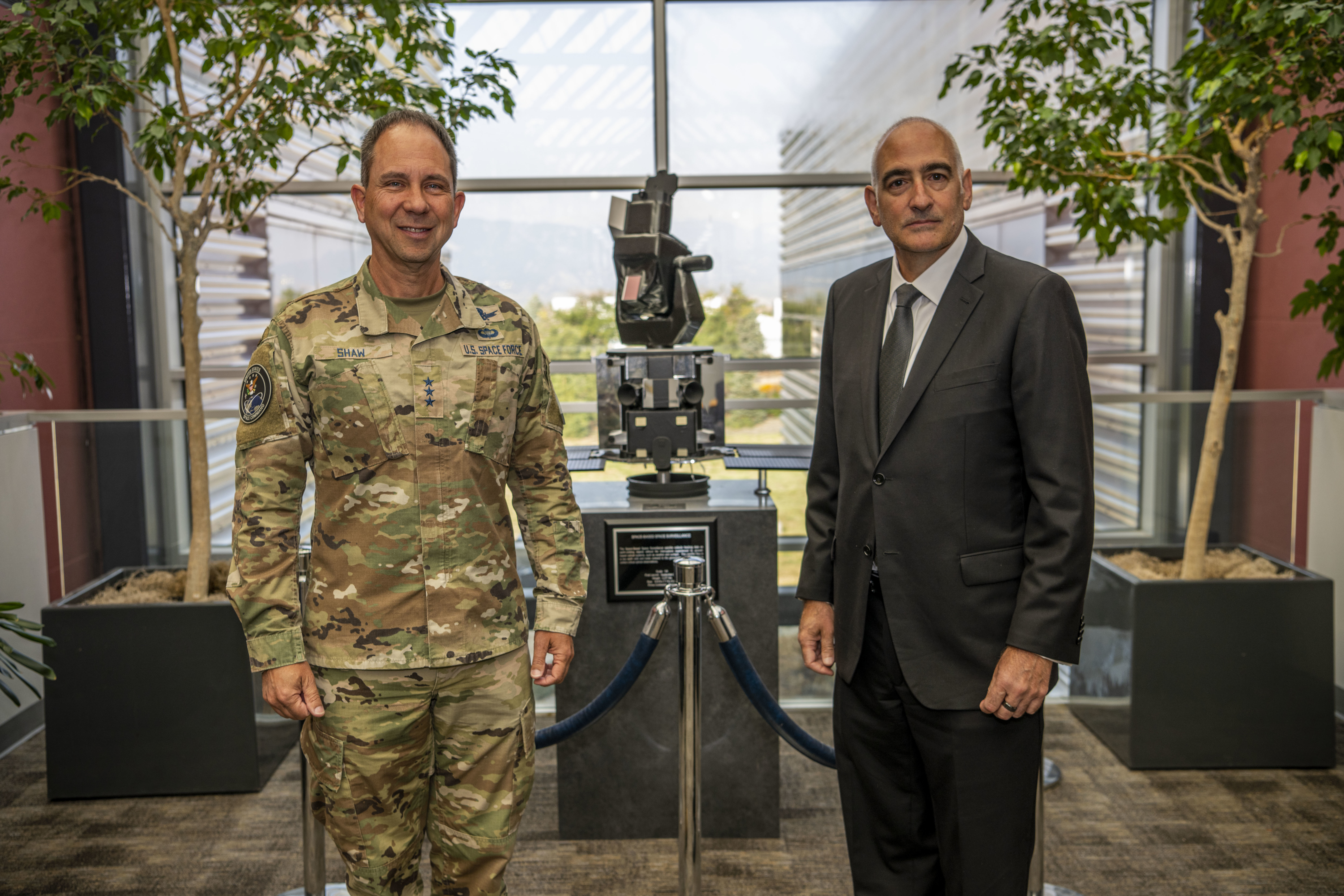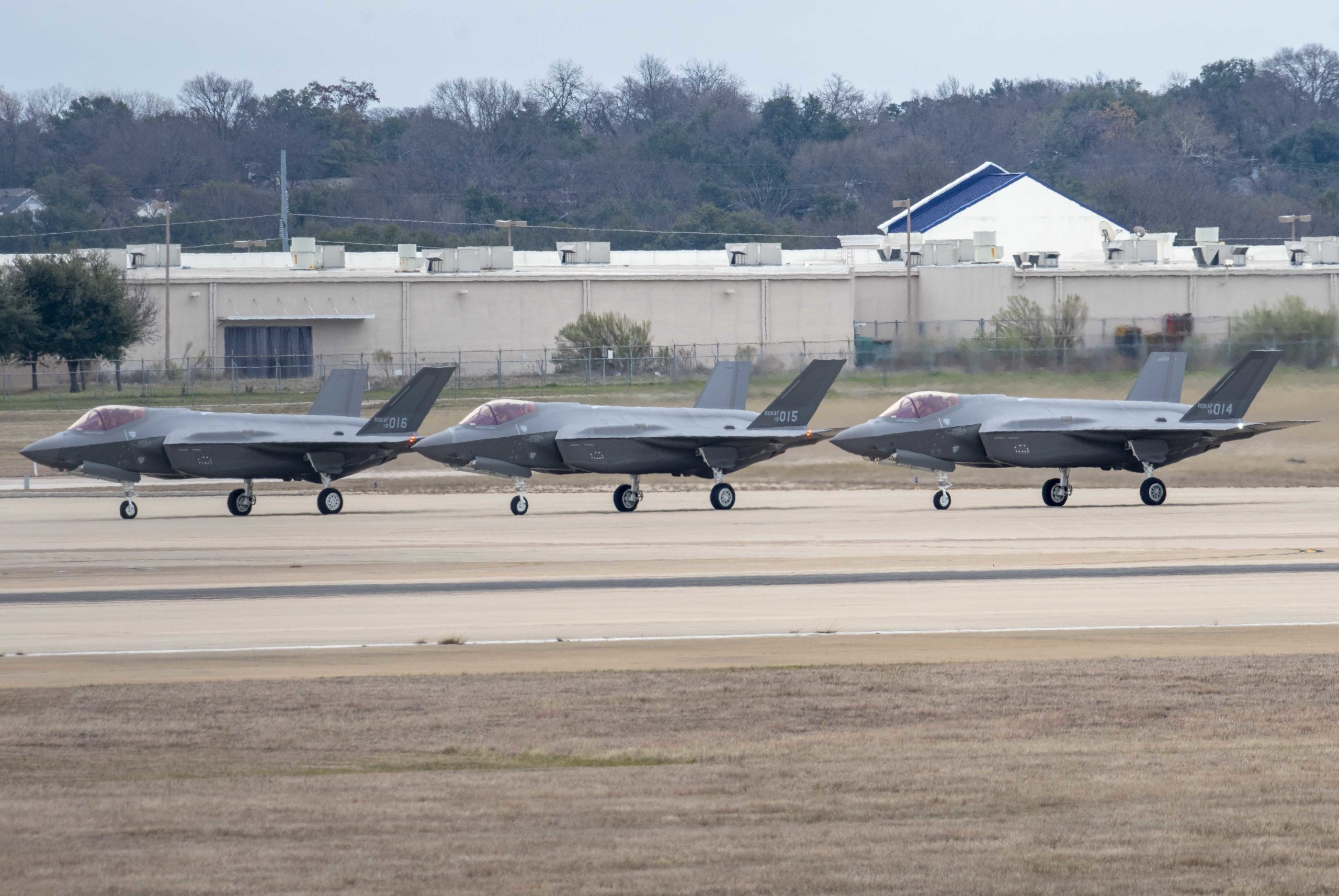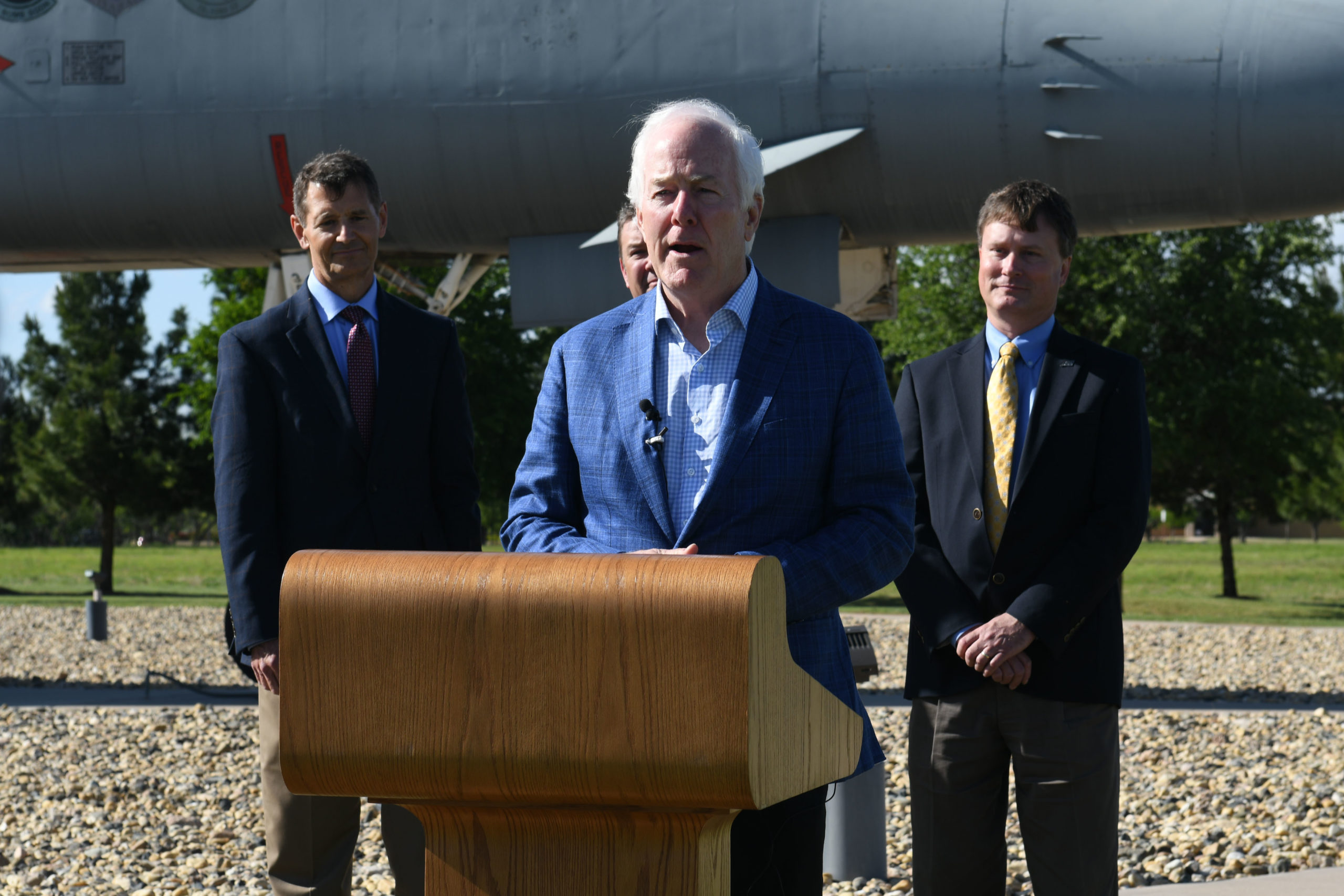House Republicans unveiled the new members for the House Armed Services Committee and the HASC’s new subcommittee chairpersons Jan. 25, elevating Rep. Rob Wittman (R-Va.) to be the committee’s vice chairman behind chairman Rep. Mike Rogers (R-Ala.) and also naming Wittman to lead the Tactical Air and Land Forces subcommittee.
Wittman, whose district includes the Naval Surface Warfare Center and Naval Weapons Station Yorktown, previously was the ranking minority member on the Seapower and Projection Forces subcommittee, where he was a vocal proponent of building up the Navy’s fleet.
In his new role, Wittman will hold great sway over Air Force and Army acquisition programs. Past positions on airpower issues include support for competition for the Air Force’s KC-Y “bridge tanker” and concern about proposed cuts to the Air Force’s fighter fleet.
Replacing Wittman atop the Seapower and Projection Forces subcommittee, which oversees some Air Force programs, will be Rep. Trent Kelly (R-Miss.), whose district includes Columbus Air Force Base. Kelly is a major general and commander of the Mississippi Army National Guard.
Rep. Jim Banks (R-Ind.) will lead the Military Personnel subcommittee, which is responsible for quality-of-life and talent management issues. Banks is a critic of criticized the Air Force over so-called “wokeness” initiatives, which he has dismissed as “weakness.”
Rep. Doug Lamborn (R-Colo.) will chair the subcommittee on Strategic Forces after previously serving as its ranking member in the last Congress. Lamborn’s district includes the Air Force Academy, as well as Schriever Space Force Base, Peterson Space Force Base, and Cheyenne Mountain Space Force Station. He has been an active proponent of keeping U.S. Space Command based in Colorado, opposing a planned move to Huntsville, Ala., and supports creating a Space National Guard.
Other subcommittee chairs include:
- Rep. Michael Waltz (R-Fla.) takes over as chair of the Readiness subcommittee, which oversees training, logistics, maintenance, military construction, installations, and family housing
- Rep. Mike Gallagher (R-Wisc.) will chair the Cyber, Innovative Technologies, and Information Systems subcommittee
- Rep. Jack Bergman (R-Mich.) will chair the subcommittee on Intelligence and Special Operations
House Democrats have not yet named the ranking members for the subcommittees or their full roster of HASC members. Both are expected to be announced this week. With the retirements of three former subcommittee chairs, House Democrats will have big shoes to fill. Rep. Jim Cooper, who chaired the Strategic Forces subcommittee; Rep. Jackie Speier, who chaired the Readiness subcommittee; and Rep. Jim Langevin, who led the Cyber, Innovative Technologies, and Information Systems subcommittee have all departed the House.
One high-profile Republican who did not get a subcommittee chair was Rep. Matt Gaetz (R-Fla.), who had been among a small group of Republicans who opposed Rep. Kevin McCarthy’s bid to become Speaker of the House. According to media reports, Gaetz had sought a subcommittee gavel in exchange for supporting McCarthy. Gaetz remains on the committee, however, along with 18 other returning Republican committee members.
Now in the majority, Republicans are adding 11 new members to the HASC.
Among the 11 newcomers are:
- Rep. Nancy Mace (R-S.C.), whose district includes Joint Base Charleston which flies the C-17
- Rep. Mark Alford (R-Mo.), whose district includes Whiteman Air Force Base and its B-2 bombers
- Rep. Carlos Gimenez (R-Fla.), whose district includes Homestead Air Reserve Base and the F-16s of the 482nd Fighter Wing
- Rep. Dale Strong (R-Ala.), whose district includes Redstone Arsenal, the tentative future home of U.S. Space Command
- Del. James Moylan (R-Guam), whose district includes Andersen Air Force Base
As a delegate, rather than a member, Moylan cannot vote on the House floor but can vote in committee. His placement on the HASC restores a longstanding tradition of Guam delegates serving on the HASC. From 1985 to 2019, Dels. Madeleine Bordallo, Robert A. Underwood, and Vicente T. Blaz served on the committee consecutively.
Del. Michael San Nicolas has been the only Guam delegate in the past three decades who did not serve on the committee.
The full list of Republicans who will serve on the committee is as follows (new members are denoted with an asterisk):
- Rep. Carlos Gimenez (R-Fla.)*
- Rep. Nancy Mace (R-S.C.)*
- Rep. Brad Finstad (R-Minn.)*
- Rep. Dale Strong (R-Ala.)*
- Rep. Morgan Luttrell (R-Texas)*
- Rep. Jen Kiggans (R-Va.)*
- Rep. Nick LaLota (R-N.Y.)*
- Del. James Moylan (R-Guam)*
- Rep. Mark Alford (R-Mo.)*
- Rep. Cory Mills (R-Fla.)*
- Rep. Rich McCormick (R-Ga.)*
- Rep. Joe Wilson (R-S.C.)
- Rep. Mike Turner (R-Ohio)
- Rep. Doug Lamborn (R-Colo.)
- Rep. Rob Wittman (R-Va.)
- Rep. Austin Scott (R-Ga.)
- Rep. Sam Graves (R-Mo.)
- Rep. Elise Stefanik (R-N.Y.)
- Rep. Scott DesJarlais (R-Tenn.)
- Rep. Trent Kelly (R-Miss.)
- Rep. Mike Gallagher (R-Wisc.)
- Rep. Matt Gaetz (R-Fla.)
- Rep. Don Bacon (R-Neb.)
- Rep. Jim Banks (R-Ind.)
- Rep. Jack Bergman (R-Mich.)
- Rep. Michael Waltz (R-Fla.)
- Rep. Mike Johnson (R-La.)
- Rep. Lisa McClain (R-Mich.)
- Rep. Ronny Jackson (R-Texas)
- Rep. Pat Fallon (R-Texas)

